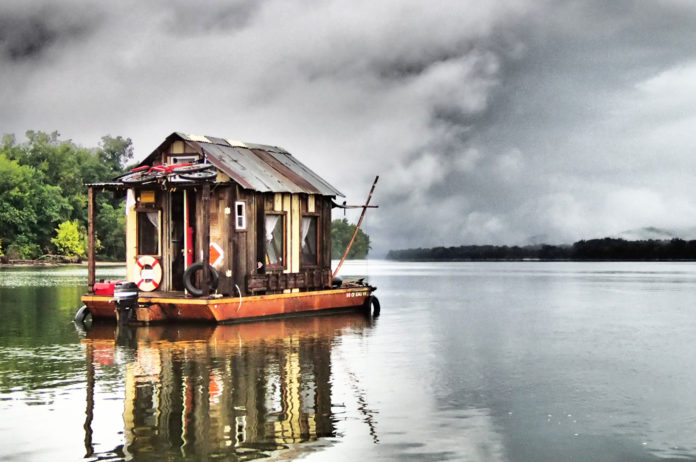
Ten years ago, in a quiet Felton barnyard, Wes Modes, 58, a UC Santa Cruz lecturer, and a few friends began piecing together a modest, 20-foot shantyboat from piles of salvaged redwood.
Originally conceived as a weekend escape from Modes’ daily responsibilities, this handcrafted vessel evolved into a nationally recognized project known as “A Secret History of American River People,” combining art, oral history and community storytelling.
Today, the rustic craft has traveled thousands of miles, navigating rivers like the Mississippi, Tennessee, Sacramento, Hudson and Ohio. At each stop along the rivers, Modes and their crew record oral histories, capturing stories that often remain hidden. These intimate narratives reflect the lives, struggles and resilience of people living and working on America’s waterways.
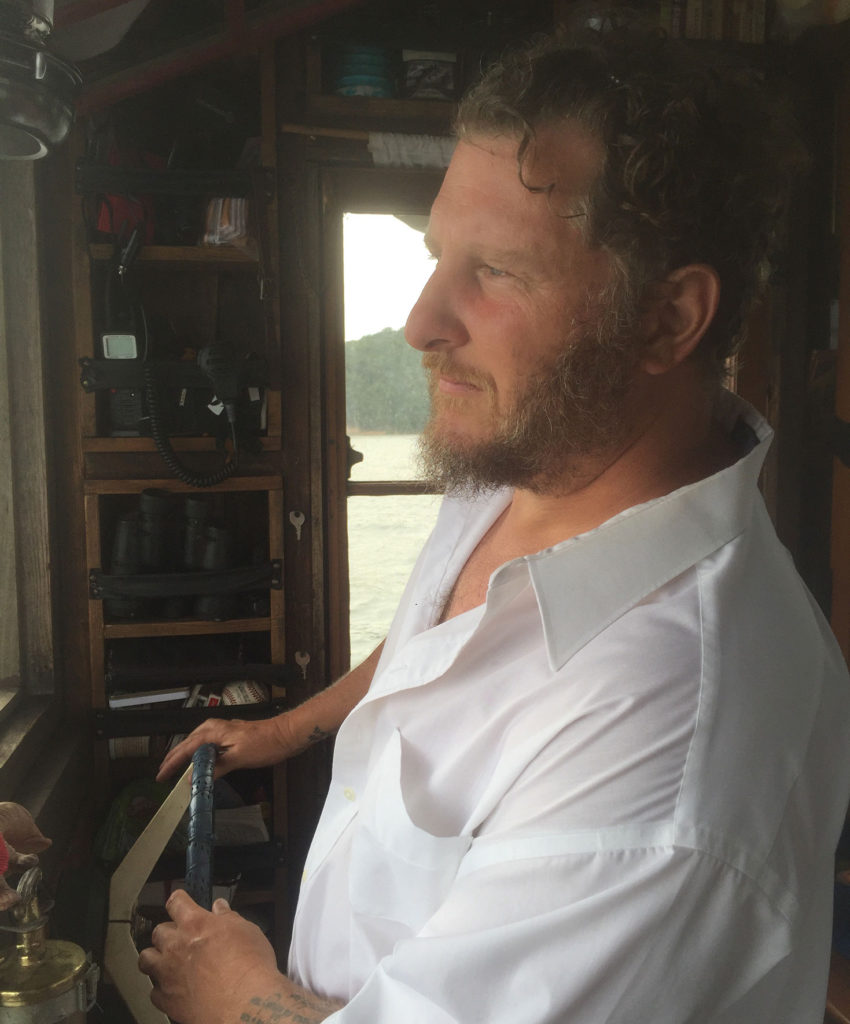
The project began to take shape when Modes, seeking a creative outlet, transformed this simple boat-building effort into their Master’s thesis. Over the years, the journey has developed into a broader mission to collect and share underrepresented voices from river communities, particularly those facing rapid environmental and cultural changes.
“We’re telling the stories that might otherwise be lost or overlooked,” Modes explained. “The river becomes not just a setting but an active collaborator.”
The resulting body of work has been exhibited nationwide in museums, galleries and community spaces, offering immersive, participatory experiences to audiences across the country.
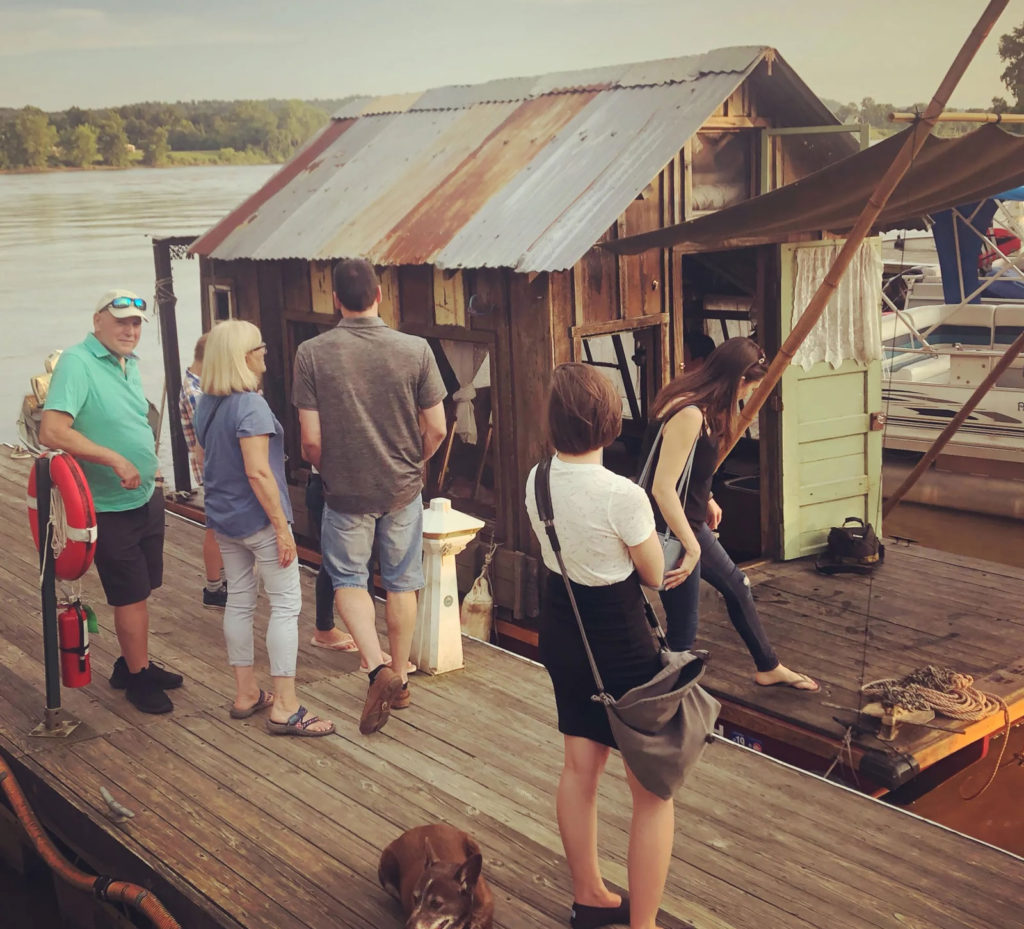
This June, after a pandemic-induced pause, Modes and the shantyboat will embark on their next major expedition, a six-week journey through Louisiana’s Atchafalaya Basin and surrounding bayous. This area, known for its vibrant Cajun and Creole communities, has deep historical roots and faces critical contemporary issues like coastal erosion, displacement and global climate change.
“This trip feels especially urgent,” Modes said. “We’re focusing on communities at the intersection of environmental change and cultural survival, documenting how people are adapting and holding onto their traditions amid these challenges.”
Recent federal funding cuts in arts and humanities have impacted the project’s finances, leading Modes to launch a community-supported Kickstarter campaign. They hope that grassroots support can sustain the expedition and highlight its importance.
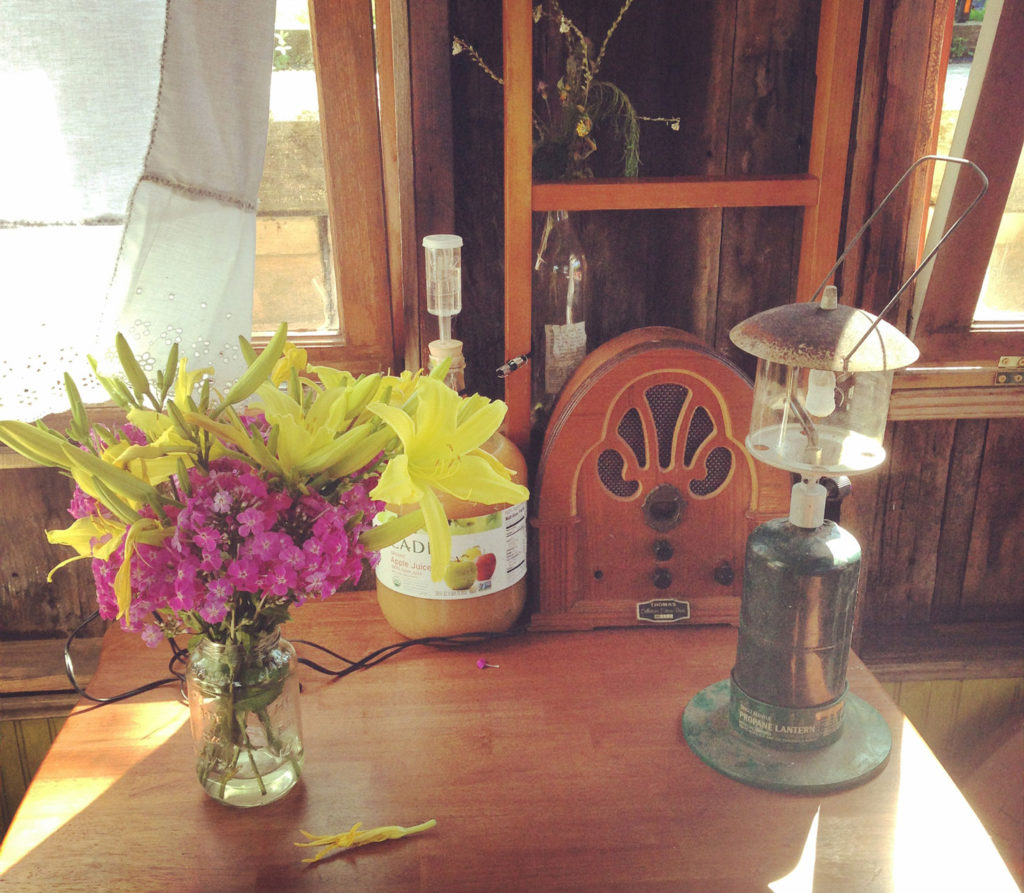
The boat remains parked in Felton until late May. Modes and a small crew are currently spending weekends working on the boat, fundraising for the project and finalizing plans for exhibitions and interviews in the Louisiana Delta.
The boat itself—constructed primarily from reclaimed wood sourced around the San Lorenzo Valley—still bears the marks of its Felton origin.
“Storytelling is the most powerful way I know to make sense of the world,” Modes said. “This project is part historical archive, part adventure story, and part quiet act of resistance. We’re trying to honor the people and places who shaped this country but were left out of the historical narrative.”
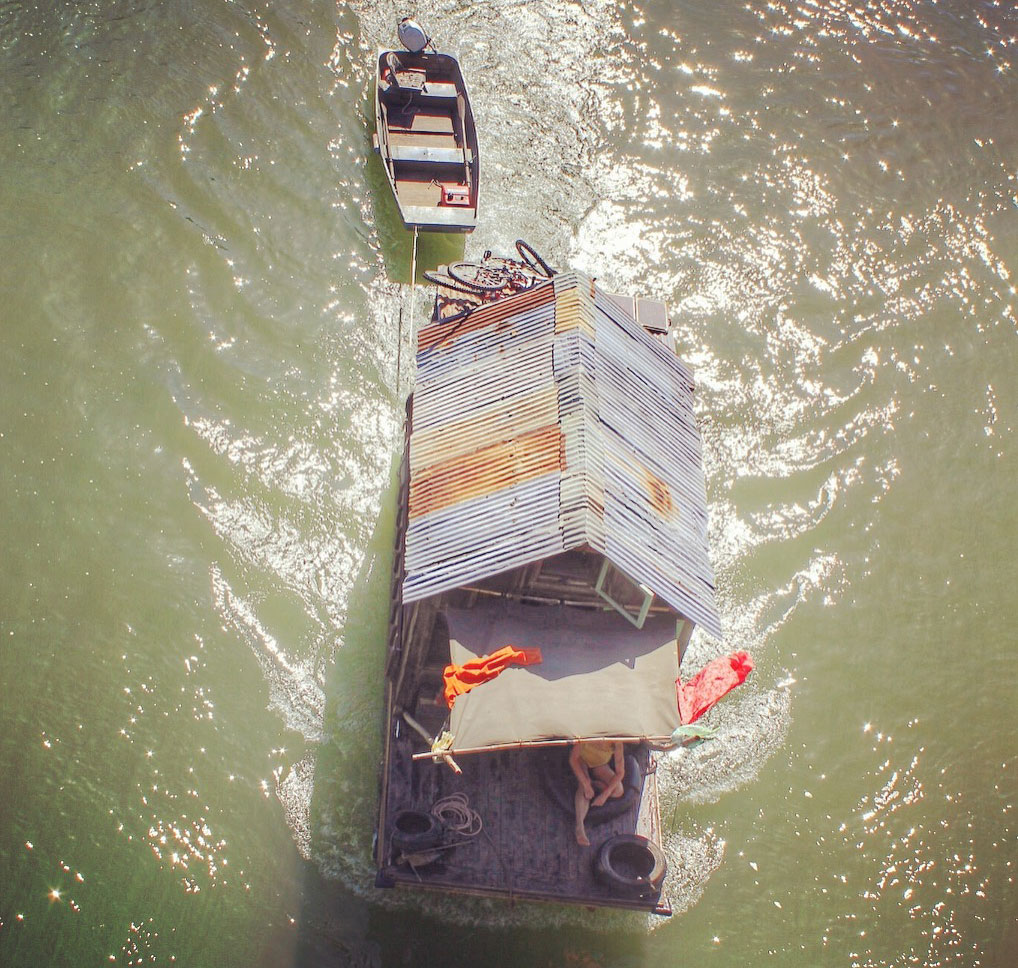
As Modes prepares to set off once again, the “Secret History of American River People” continues to draw national attention. Yet, at its heart, this remains a uniquely local story: a Felton-built shantyboat heading deep into America’s bayous, committed to preserving the voices and histories that define the country’s complex relationship with its rivers.
For more information or to support the project, visit peoplesriverhistory.us.


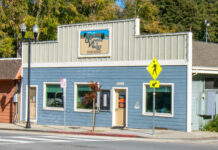
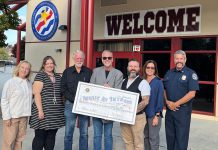
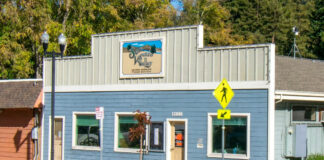








Appreciate & enjoy what Wes has done and continues…